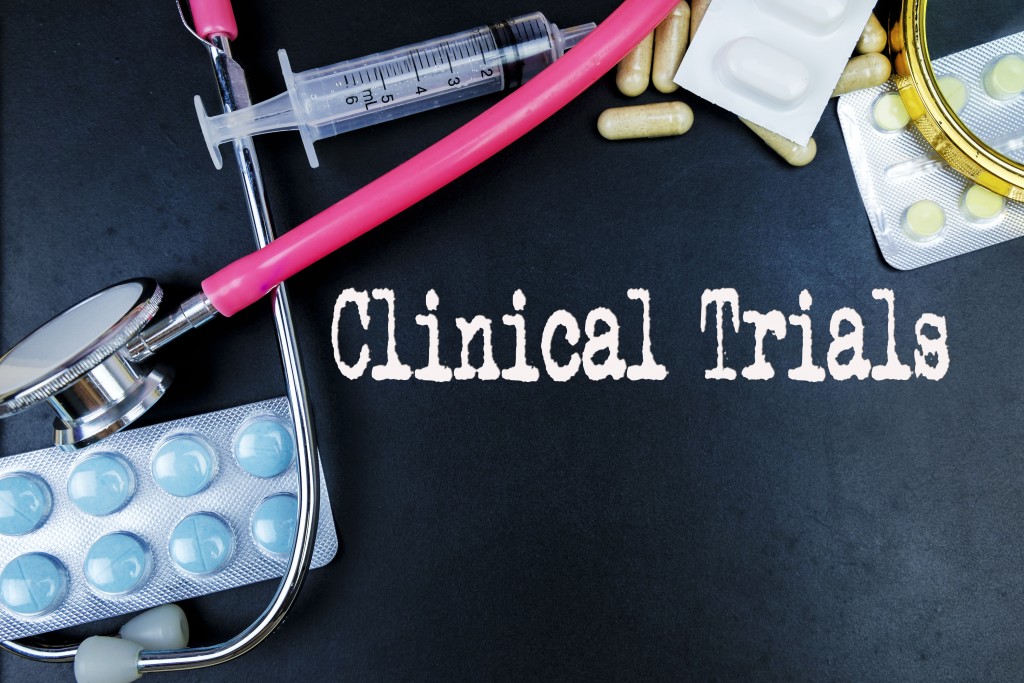Scientists formulate novel drugs and innovative therapies in the hopes to discover a cure for certain health conditions. Clinical trials stem from medical research, which has come a long way. These studies have led to scientific breakthroughs and helpful medical discoveries that have saved many lives across the globe.
Medical experts perform their best to create new medicines to improve and treat diseases. But, to ensure the safety and efficacy of these drugs, they need to perform clinical trials in Miami, FL to healthy participants. This way, they will make sure the therapy will help many people without endangering their health.
Clinical trials are typically conducted in phases that build on one another. Each phase aims to provide answers to certain questions.
Phase 0 Clinical Trial
Phase 0 is the first one performed on participants. It aims to determine how the treatment or drug is processed in the body and how it affects health. Though this phase of clinical trials is done in humans, it isn’t like the other phases.
Usually, the scientists use a small dose of a drug in their patients, about 10 to 15 participants. They will see whether the drug reaches the target tissue or tumor, how the drug acts on the human body, and how cancer cells or pathogens respond to the drug. This will benefit other people in the future if the drug successfully gets the green light by regulatory agencies.
Phase I Clinical Trial
The next phase is Phase I clinical trial that aims to find the best and right dosage of a drug or therapy with the fewest side effects. Although the treatment or drug has been tested in lab and animal studies, the scientists can’t predict the side effects it has on humans.
The drug will be tested in a small group of about 15 to 30 participants. First, the doctors will give a low dose of the treatment, and they monitor the patients closely. Higher doses are administered to other patients until side effects become too severe, or the desired effect is observed. The focus of this phase is to look at what the drug does to the body and what the body does with the drug.
Phase II Clinical Trial

Phase II trials will further examine the safety and efficacy of the novel drug or treatment. Doctors will test the drugs among patients with a specific disease like cancer. The phase is performed on large groups of patients, larger than the Phase I trial.
Mainly, in this phase, the doctors will learn more about how safe the treatment is and how effective it is. In some cancers, the doctors will get insight from this phase whether the treatment works for specific cancer.
Phase III Clinical Trial
The phase III clinical trial involves comparing the new drug to the type of drug widely used and approved for the particular health condition. This phase of trial assesses the side effects of each drug and which is better. In this phase, there are more participants, about 100 or more patients.
After the last phase, the doctors send the results to the government’s regulatory body for approval. Clinical trials are vital today, particularly because there are many diseases emerging. Also, these trials test the safety and efficacy of drugs, which will help many people in the future.



